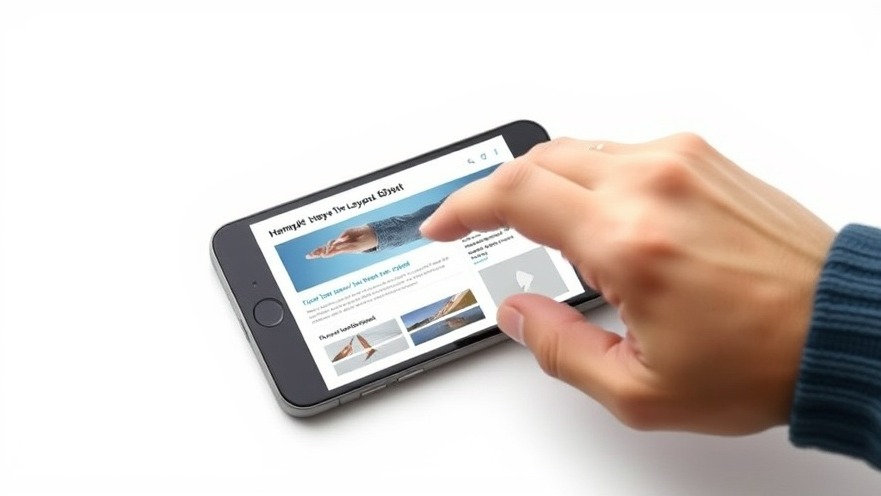
Designers, Your Role in Improving Cumulative Layout Shift (CLS)
In this high-speed digital landscape, the traditional roles of web developers and designers are intertwining, particularly with the advent of Cumulative Layout Shift (CLS). This metric represents the visual stability of a web page, measuring how much the layout shifts during the loading process. The importance of maintaining a low CLS is paramount, especially for franchisors eager to optimize their digital presence, enhance brand consistency, and elevate the overall performance of their franchisees.
Understanding the Implications of CLS
Cumulative Layout Shift isn’t just a technical term lost in the jargon of developers; it has real implications for user experience. When pages shift unexpectedly, users are frustrated, often leading to higher bounce rates. The design decisions made by franchise brands can significantly influence how users perceive stability and trust in a brand. The bottom line? A poor CLS score signals disarray and breaks the confidence that users need to feel while navigating a site.
The Designer-Developer Divide: Bridging the Gap
It was once easy for designers to say, “That’s a dev problem,” distancing themselves from performance metrics like CLS. However, this mentality is obsolete. Designers play a crucial part in defining how a page loads and interacts with users. From determining image sizes to choosing layout structures, designers control various elements that can either help or hinder a site’s visual stability.
Practical Steps for Designers to Enhance CLS
So how can designers take charge? Here are some actionable practices:
Define dimensions for every element: Whether it's images or ads, always specify the height and width to ensure that no unexpected jumps occur.
Consider using aspect ratios for media: This prevents visual content from shifting around mid-scroll.
Test your designs under various loading conditions: Emulate how your designs appear on slower networks or different devices. A design that looks good on a high-speed connection may falter on average connections.
Why Brand Consistency Matters in Digital Design
For franchisors managing multiple locations, ensuring brand consistency across all platforms is vital. A poor user experience due to high CLS can tarnish the reputation of the entire franchise. Customers expect seamless interactions, no matter where they are engaging with the brand. Therefore, understanding CLS is not merely a technical challenge but a necessity for maintaining a strong, reliable brand image.
Future Considerations: Embracing Change
As web standards continue to evolve, designers must stay ahead of the curve. A proactive approach to metrics like CLS not only enhances user experience but directly affects search engine performance, leading to greater visibility and effectiveness in connecting with potential franchisees.
In conclusion, understanding and mitigating CLS is no longer just the developers’ responsibility. Designers, by implementing thoughtful strategies, can lead the charge in fostering a positive UX, reinforcing brand integrity, and driving residential success for franchises in an increasingly competitive online marketplace.
Call to Action: Franchisors, are you ready to elevate your brand’s digital presence? Start implementing best practices for reducing CLS today! Invest in training for your team, ensuring that both designers and developers collaborate to build seamless user experiences. The future of your brand relies on it!
 Add Row
Add Row  Add
Add 




Write A Comment